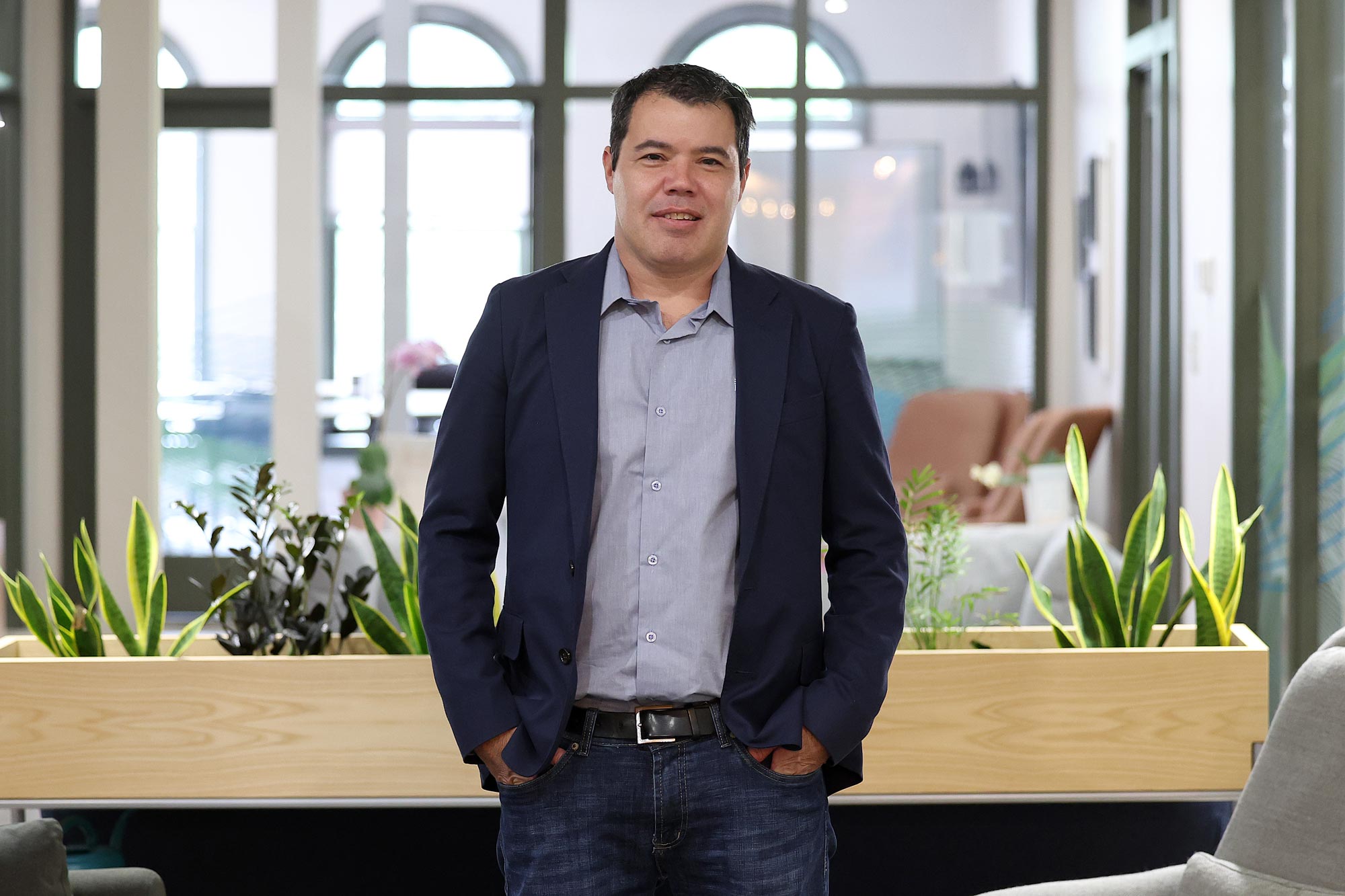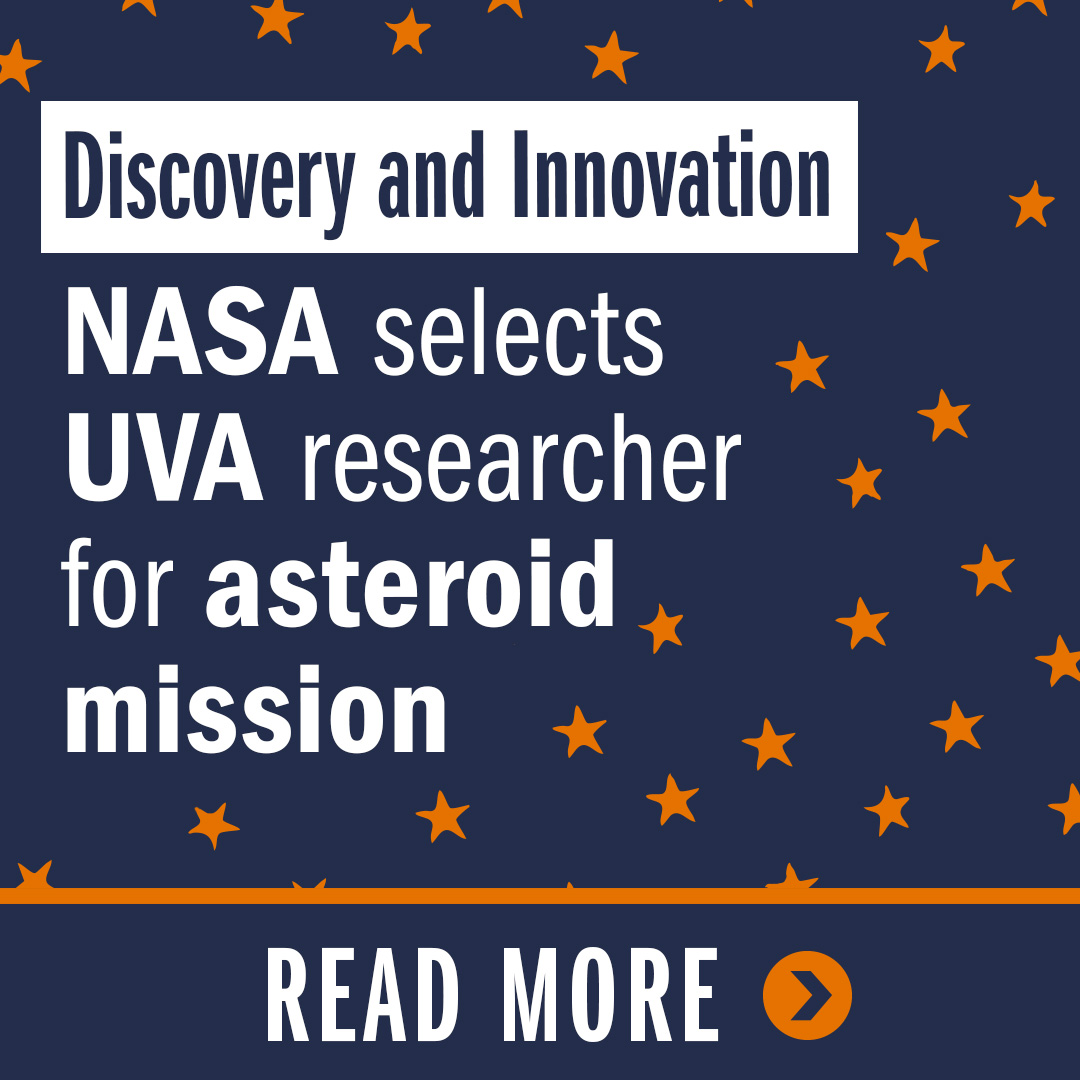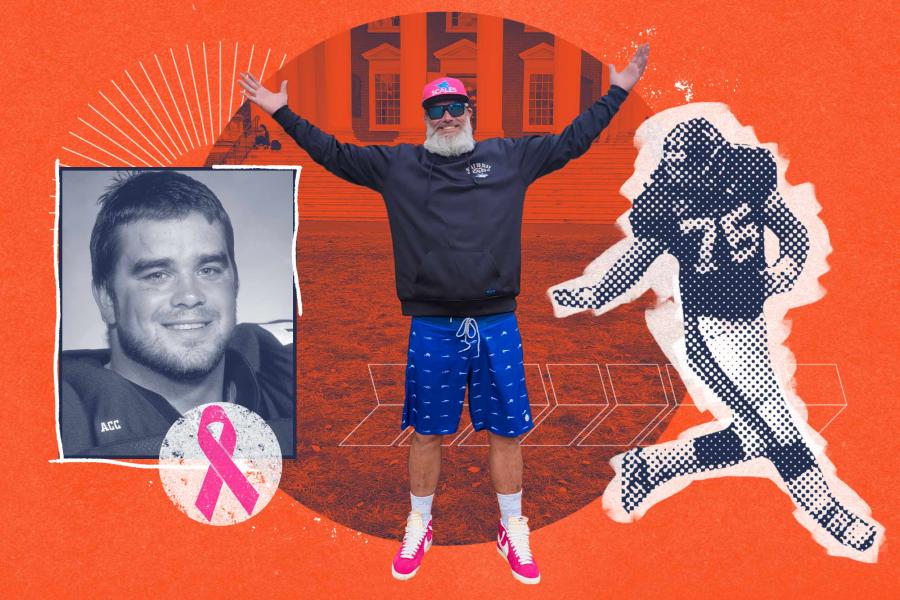He has also designed the course to give students from media or communications backgrounds more experience finding compelling stories within scientific or social scientific datasets. This requires students to understand how to break down the research and to identify definitive findings while using storytelling tools to engage an audience.
During the semester, students will learn to communicate ideas in a variety of formats, from 5-minute talks and analytical presentations to longform op-eds.
“We’ll talk about how to essentially create an identity as a communicator by which people will come to know you and remember you, so that it also might give some persuasive heft to what you’re trying to get across,” Mooney said.
The course is adapted from one Mooney taught at Yale University’s School of the Environment.
“You can’t mistake the course comes from the perspective of a journalist, but it’s not a writing or journalism course,” Mooney said. “It definitely treats journalism and writing as broader tools.”
To the Environmental Institute’s interdisciplinary research, Mooney brings with him both the perspective of someone familiar with research and of a professional communicator who is always thinking about how people will interpret the research and its larger implications.
Those are skills he honed while working on three major projects for the Post over the past five years.
In late 2018, he noticed that some parts of the world were warming faster than others. Fast-forward two years and Mooney and a group of environmental reporters from the Post won a Pulitzer Prize for the series “2°C: Beyond the Limit,” which identified the fastest-warming places on the planet using global temperature datasets.
A year later, Mooney and two colleagues produced “Measuring the Invisible,” a project that analyzed the gap between the emissions countries reported and the emissions actually found in the atmosphere.
This year, he has been contributing toward the “Drowning South,” a series of stories about the rapid sea level rise in the Gulf of Mexico and southeast Atlantic region.
That’s what he hopes to teach students, he said: how to find and follow patterns in the data to tell stories.





